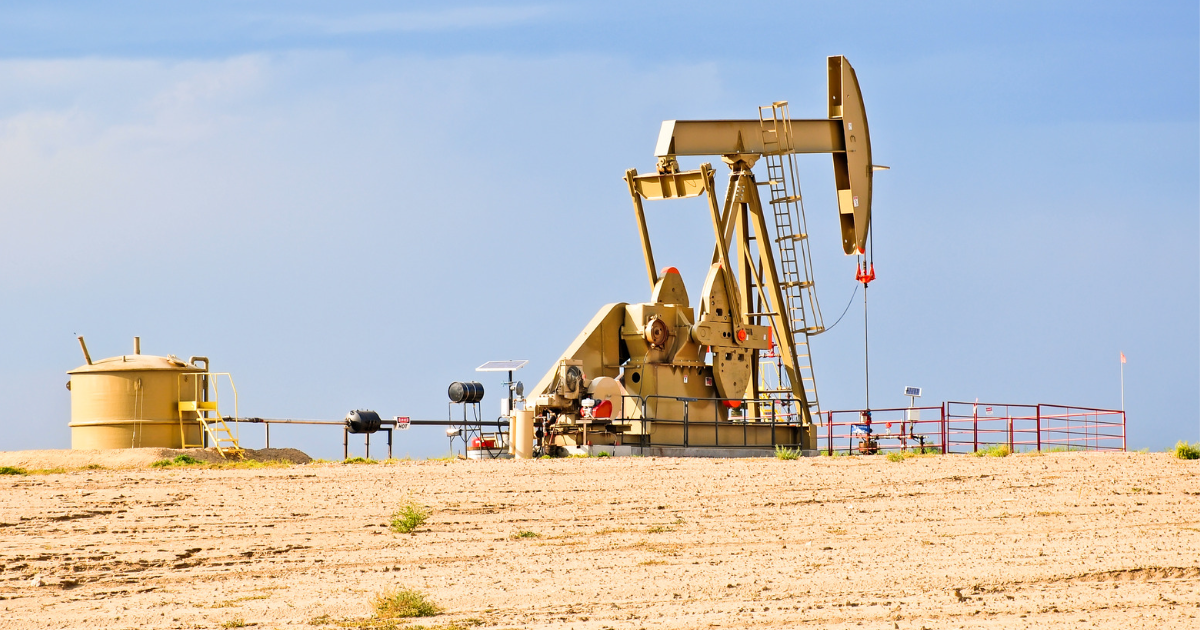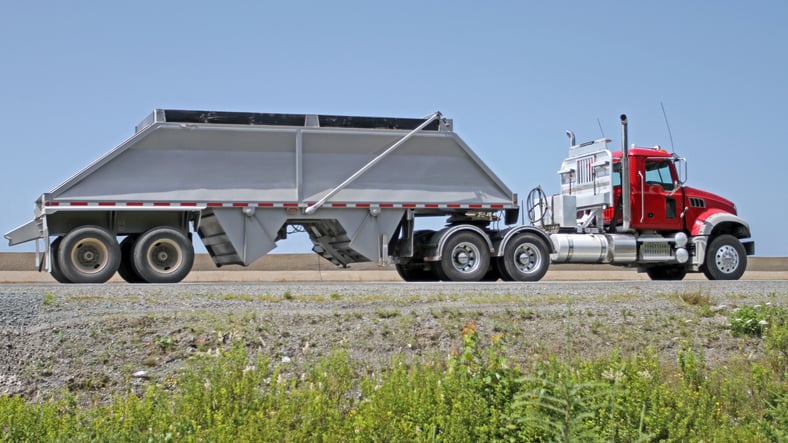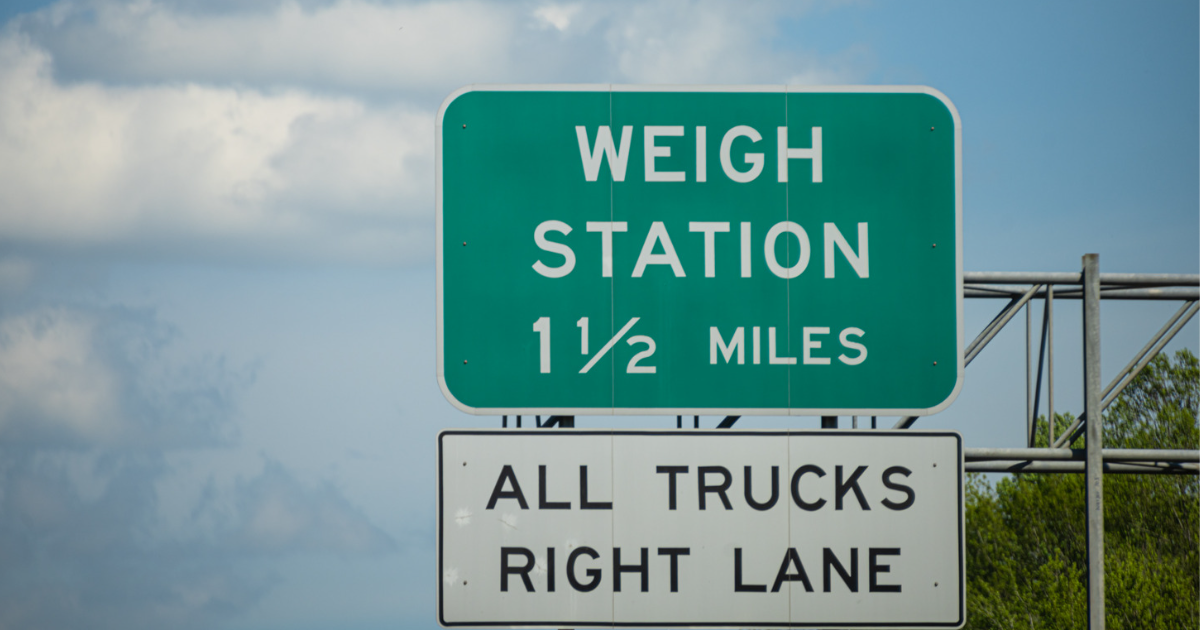choosing the right aggregate hauling equipment for your job
In the world of construction, selecting the appropriate aggregate hauling equipment is crucial for ensuring a smooth and efficient transportation...
2 min read
.png) Lauren Mire
:
7/20/23 8:00 AM
Lauren Mire
:
7/20/23 8:00 AM

In the oil and gas industry, the secure loading and unloading of crude oil is extremely important. This critical process not only safeguards personnel and valuable equipment but also ensures the smooth and timely transportation of precious resources. In this blog post, we delve deep into the essential practices for safe loading and unloading of crude oil, shedding light on the intricacies of oil hauling.
Unleashing the true potential of crude oil haulers begins with adherence to safe loading and unloading procedures. These practices serve as pillars of strength, reinforcing the integrity of haulers while fortifying the environmental safeguards mandated by regulatory bodies. By meticulously following recommended protocols, operators can effectively mitigate risks, lower percentage of accidents, and stay compliant with stringent regulations.
Embarking on a safe journey starts with a pre-loading inspection and preparation. Diligently identify signs of damage or leaks that may compromise the cargo's safety. Ensuring seamless functionality of all equipment becomes imperative, alongside securing any loose items that might cause turbulence during transportation. To prepare, it is crucial to verify the compatibility between the hauler and the specific cargo, whether it involves crude oil, frac sand, or water. This inspection can be made easier and more streamlined if your trucking company is utilizing a transportation management system.
The art of loading crude oil or frac sand requires a nuanced understanding of weight limits and meticulous load distribution. Skillfully maintaining stability during transportation, operators allocate the cargo's weight to optimize efficiency and safety. To securely close the cargo, utilize effective containment measures like tarping or coverings to prevent any potential escape during transit. Should your route involve water hauling, abiding by stipulated guidelines for loading and securing water containers becomes imperative to prevent unfortunate spills.
Instill a culture of safety by religiously adhering to recommended transportation practices. Maintain a vigilant speed, plan designated routes that safeguard against potential hazards lurking on the road. Observing traffic regulations adds an extra layer of protection. Regularly monitoring the cargo, ensuring its security and undisturbed state throughout the journey, becomes second nature for seasoned drivers.
Upon reaching the destination, the unloading process demands a masterful touch of controlled precision. For those transporting crude oil or frac sand, harness the power of appropriate equipment, ensuring a seamless and efficient discharge that leaves no room for error. Meanwhile, for crude oil hauling, adhering to established protocols becomes a non-negotiable mandate, ensuring a safe and spill-free unloading experience that leaves no trace of mishap.
In an industry where unpredictability lurks around every corner, preparedness in emergency situations becomes a defining characteristic of successful drivers. Building a resilient workforce entails comprehensive training programs that equip personnel with the skills and know-how to respond effectively to emergencies. Spill containment and cleanup procedures become second nature, ensuring swift and efficient response when the unexpected strikes.
Safe loading and unloading procedures serve as principles in the world of crude oil haulers within the oil and gas industry. As drivers and companies embrace the recommended practices outlined above, the efficient and secure transportation of invaluable resources seamlessly intertwines with the safety of personnel and the environment. By prioritizing these practices, drivers not only mitigate risks but also contribute to an industry that thrives on sustainability and responsibility.
Contact our team now to learn more and take your understanding to new heights.

In the world of construction, selecting the appropriate aggregate hauling equipment is crucial for ensuring a smooth and efficient transportation...

When it comes to trucking, proper weight distribution is a critical factor that directly impacts safety, stability, and efficiency. Whether you're...

2 min read
As October ushers in the transition from the extremes of summer weather that have left their mark not only across the United States but also on a...